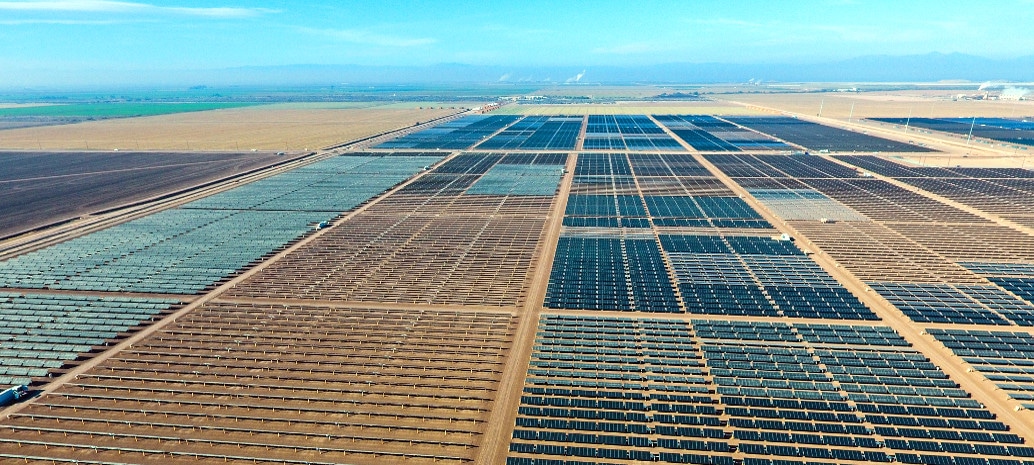It’s nearly impossible to keep up with every possible state-level policy change in real time. With 50 states all attempting to find the right balance between utilities’ revenue needs and solar’s continued growth, tracking each state’s work is a full time job – one the North Carolina Clean EnergyTechnology Center (NCCETC) takes on in its quarterly 50 States of Solar report.
Last week, the NCCETC released its final 2017 report that analyzed 249 solar policy actions over the past 12 months (an average of nearly 21 actions per month). In news that should surprise anyone in the industry, the majority of the actions concerned increases in fixed rates, establishing higher minimum bills for consumers and developing community solar programs.
In total, 45 states plus the District of Columbia took actions, but NCCTEC named the Top 10 most active states, which included:
- Net billing is the new net metering
Many states are looking to move on from net metering and find new ways to compensate solar consumers for the excess electricity they export back to the grid. The NCCETC reports currently being examined and experimented with is net billing.
The format would still allow behind-the-metering consumption but, instead of making payments to solar consumers for exported electricity, the exports would be credited to consumers based on other rates.
Indiana, New York, Utah and the Jacksonville Electric Authority have already approved the move to net billing, and three other states are considering policy changes, including Arkansas, Louisiana and Michigan.
- Diverse Credit Rate Approaches and Methodologies
- Studies, studies and more studies
You knew an ever-increasing number of studies would be part of the decision making process, right? In what has been an ongoing trend, states are calling for more studies on what the best way forward to increase solar penetration is. The authors of the report wrote, “Legislatures in Michigan, Montana, and North Carolina enacted bills opening the door to net metering changes, but only after cost-benefit studies [Editor’s note: read “cost shift”] are conducted.
Other states like New Hampshire and Utah made small changes to DG compensation values and – you guessed it – initiated more studies before more changes are made.
- Community solar takes center stage
- Fixed charges get more partial approval
This content is protected by copyright and may not be reused. If you want to cooperate with us and would like to reuse some of our content, please contact: editors@pv-magazine.com.








By submitting this form you agree to pv magazine using your data for the purposes of publishing your comment.
Your personal data will only be disclosed or otherwise transmitted to third parties for the purposes of spam filtering or if this is necessary for technical maintenance of the website. Any other transfer to third parties will not take place unless this is justified on the basis of applicable data protection regulations or if pv magazine is legally obliged to do so.
You may revoke this consent at any time with effect for the future, in which case your personal data will be deleted immediately. Otherwise, your data will be deleted if pv magazine has processed your request or the purpose of data storage is fulfilled.
Further information on data privacy can be found in our Data Protection Policy.